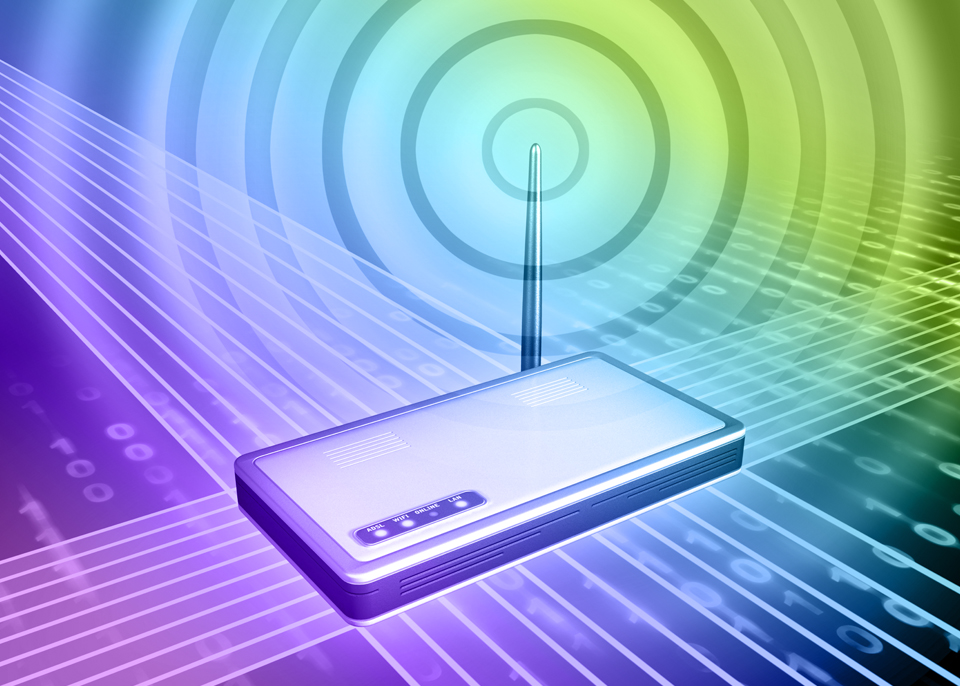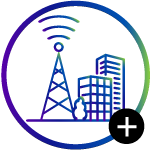NEXT-GENERATION
WIRELESS
Wireless technology is rapidly evolving and presents endless opportunities for innovation and enhanced customer experiences. By embracing a variety of wireless technology options, you can optimize your company’s connectivity, reliability, and competitive advantage at minimal cost!
SLOW NETWORK CONNECTIVITY CAUSES PROBLEMS!
Next-Gen wireless solves them!

Increased BYOD Productivity

Improved employee, guest, and resident satisfaction

Increased devices using corporate networks

IR/VR applications that need high bandwidth and low latency

More bandwidth choices for rural areas

"Next-generation wireless will extend business disruption opportunities and provide new digital services beyond connectivity". ~Gartner
The next-generation wireless technologies are built to support more secure, faster, and lower latency wireless networks. Ranging from a typical cell phone network to wireless and fixed data network, these technologies will vastly change the face of networking. Expect rapid expansion of network connectivity without the costs of physically running wire.
What is Next-Generation Wireless Technology?






















